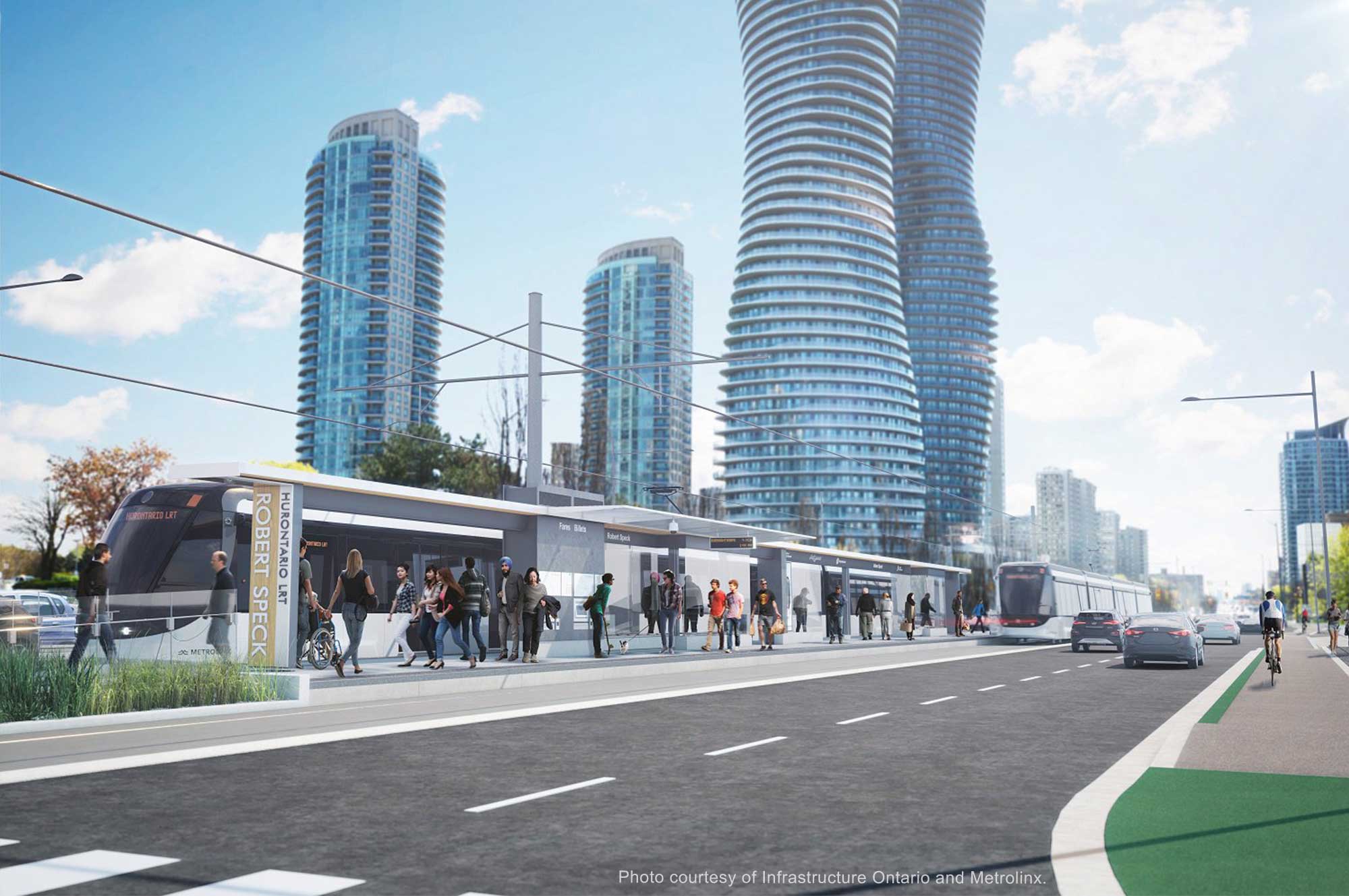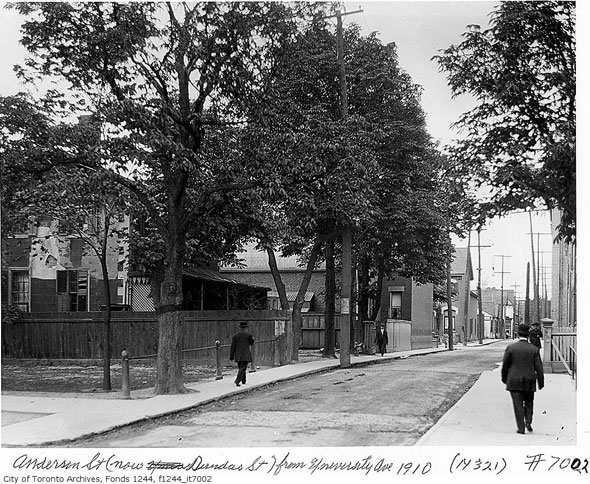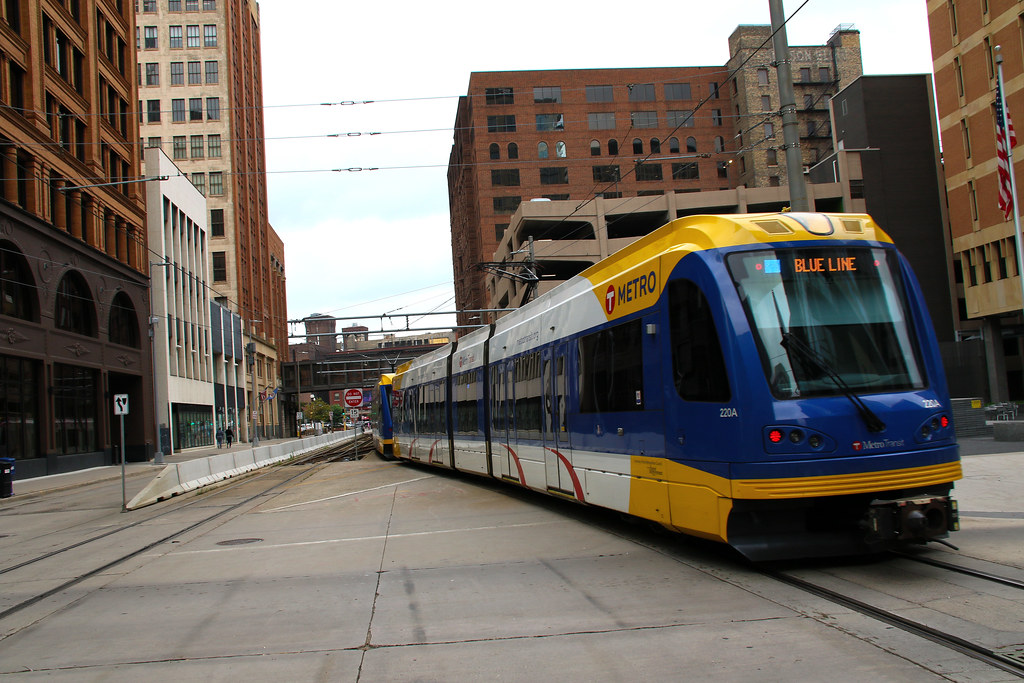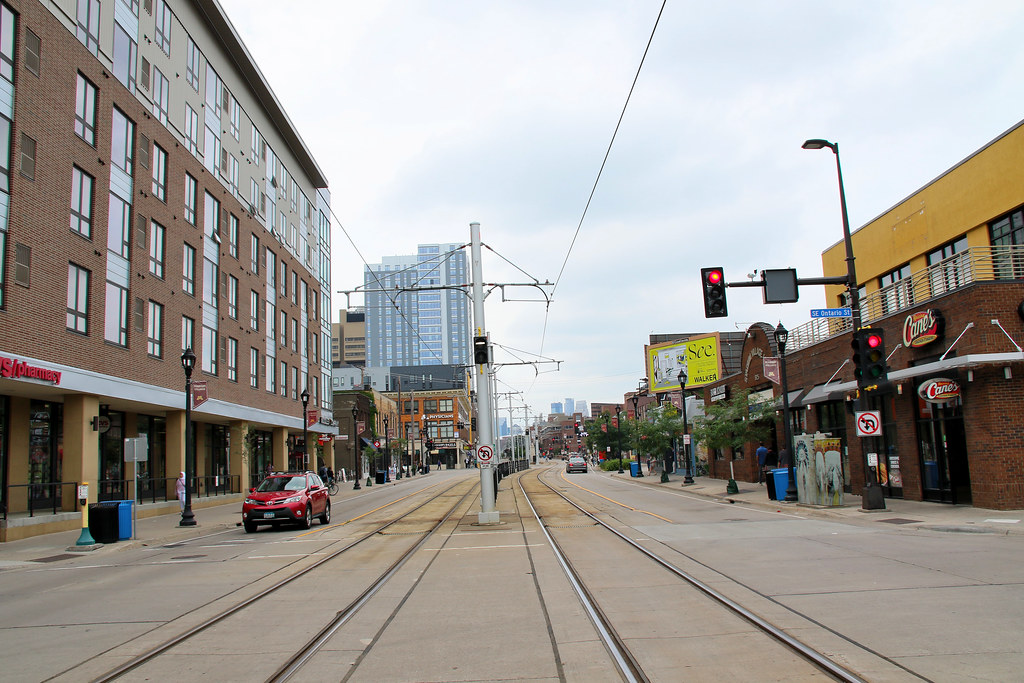Bureaucromancer
Active Member
It might not matter much whether Mississauga or Brampton is getting more grade separation; what matters is that we shouldn't try to build every transit line to the lowest specs to cut the costs. In some cases, more advanced features will make the line more appealing and the whole transit cause stronger.
Moreover, in many cases the money saved building to maximize cost/benefit is often not worth the opportunity cost of the political fight it causes.







